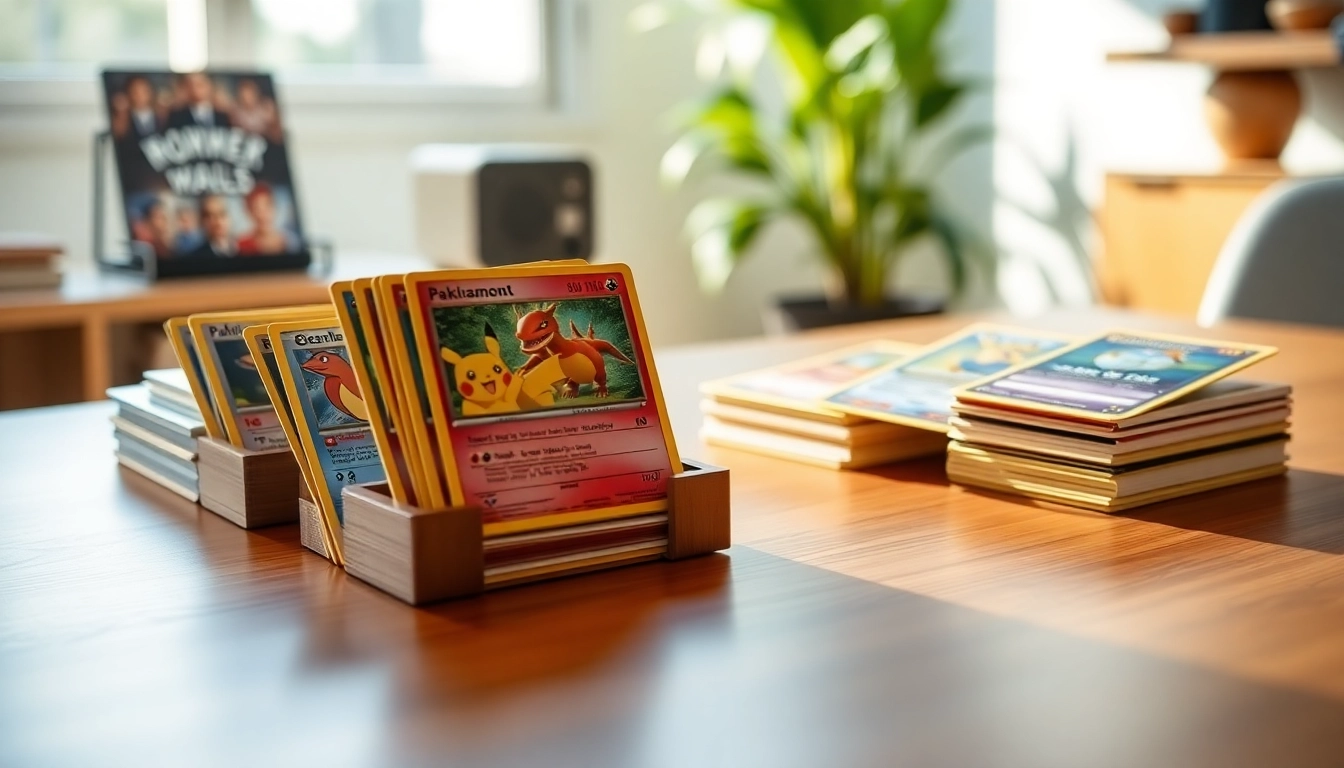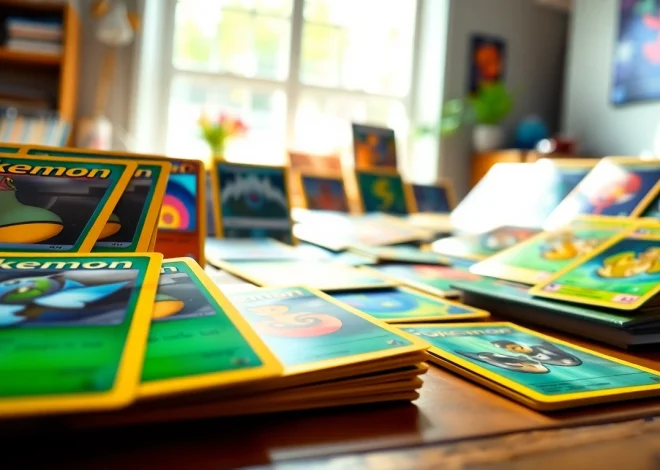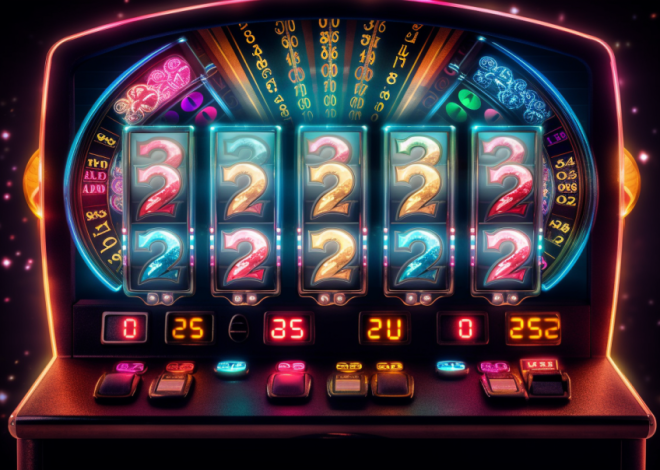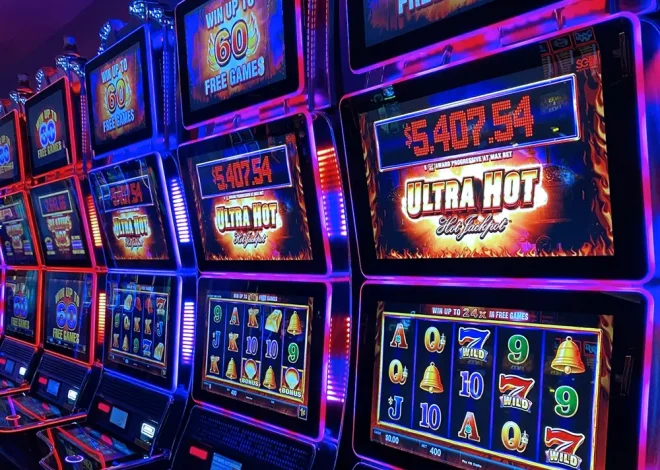
The Ultimate Guide to Real Pokemon Cards: Spotting Fakes and Buying Tips
Understanding Real Pokemon Cards
The world of Pokémon is not only a captivating universe filled with creatures and adventures but also a thriving market for collectibles—none more iconic than real pokemon cards. Since their introduction in 1996, Pokémon cards have surged in popularity, becoming vital for enthusiasts and collectors alike. This article will delve into what constitutes a real Pokémon card, how to identify authenticity, where to purchase these elusive items, and how to safeguard your investments over time.
The Origins of Pokemon Cards
Pokémon trading cards were launched in Japan as part of the Pokémon franchise, which initially gained notoriety due to the video games and anime. Created by Satoshi Tajiri and Ken Sugimori, these cards quickly evolved from a novelty into a significant aspect of pop culture. The first Pokémon card set, released in 1996, introduced collectors to beloved Pokémon characters and led to the expansion of the trading card game (TCG). As years passed, new series, expansions, and special editions emerged, often in response to ongoing interest and demand.
What Makes a Pokemon Card Genuine?
When identifying a genuine Pokémon card, several key attributes should be considered:
- Print Quality: Real Pokémon cards have high-quality printing with vibrant colors and sharp images. A genuine card will also have fine details that imitation cards often miss.
- Card Texture: Authentic cards have a unique texture distinguished by a slight gloss. When held to the light, real cards exhibit a specific sheen which does not seem to exist in counterfeit items.
- Font and Layout: The text on real cards has a distinct font and layout. Noticing discrepancies in the Pokémon’s name, the rarity symbol, or other textual elements often indicates a fake card.
- Weight and Feel: An authentic card feels sturdy and somewhat heavier. In contrast, counterfeit cards may feel flimsy or too thick.
Identifying Rare and Valuable Cards
Certain Pokémon cards hold significant value among collectors, often due to their rarity or condition. Cards that are holographic, first editions, or from limited-release series tend to be more desirable. For instance, the “Pikachu Illustrator” card, one of the rarest in existence, has fetched prices exceeding hundreds of thousands of dollars at auctions. To identify rare cards:
- Look for first edition stamps, usually found on the left side of the card.
- Check for collectibles graded by professional services like PSA or BGS, as graded cards often retain higher value.
- Investigate market trends through platforms like eBay or TCGPlayer to stay updated on the card’s current market value.
How to Spot Fake Pokemon Cards
Unfortunately, counterfeiting has become rampant in the Pokémon card community. It is crucial for collectors to be informed about how to spot fake cards to protect their investments and purchases. Here we will discuss visual cues, common mistakes in detection, and tools to verify authenticity.
Visual Cues of Authenticity
When inspecting a Pokémon card, there are several visual cues that can help in differentiation between real and fake:
- Color Variations: Genuine cards have specific color codes. If a card appears overly bright or muted, it is likely a counterfeit.
- Edge Quality: Real cards have clean, precise edges. Fake cards may have rough or uneven cuts.
- Reflectivity: Hold the card under a light; authentic cards will reflect light uniformly without excessive glare or shadowing.
Common Mistakes in Detection
Sometimes collectors may overlook obvious signs of counterfeit cards. Here are common mistakes to avoid:
- Assuming all shiny cards are authentic; many fakes have added holographic elements.
- Neglecting to compare suspected fakes with known authentic cards. Side-by-side comparisons can often reveal glaring differences.
- Relying solely on online images without handling the card physically. Images can be deceptive in terms of texture and weight.
Tools for Verification
Collectors can utilize various tools to help determine the authenticity of a Pokémon card:
- Blacklight Test: Genuine cards will often have certain elements visible only under specific UV light.
- Magnifying Glass: Inspecting the color layers of a card can reveal inconsistencies with the dot pattern that real cards feature.
- Smartphone Apps: Certain applications are designed to help users scan and identify cards; however, they should be used as a supplementary tool along with manual inspection.
Where to Buy Real Pokemon Cards
Whether you’re a newbie collector looking to expand your collection or an established aficionado, knowing where to buy real Pokémon cards is paramount. This section highlights top online marketplaces, local game stores, and recommended retailers.
Top Online Marketplaces for Genuine Cards
Many online platforms cater specifically to Pokémon card enthusiasts. Established marketplaces include:
- TCGPlayer: A comprehensive marketplace where you can buy, sell, and trade Pokémon cards securely.
- eBay: A popular option but requires diligence. Always check seller ratings and read reviews before purchasing.
- Magic: The Gathering Online; Along with various TCGs, Pokémon cards are frequently available through trading websites.
Local Game Stores vs. Online Shops
While online shops provide a vast selection and convenience, local game stores (LGS) can offer unique benefits:
- Immediate Availability: Avoid shipping wait times by purchasing items outright.
- Community Connection: LGS often host events or tournaments, fostering opportunities to meet other collectors and trade cards.
- Inspection Capability: Allows you to inspect the cards physically for authenticity before purchase.
Recommended Retailers in Your Area
Since the availability of real Pokémon cards can vary based on locations, consider searching for local retailers that specialize in trading cards or collectibles. Utilizing directories or community boards can help identify these stores. Additionally, always inquire if they have Pokémon cards set aside or on display for collectors.
The Future of Collecting Real Pokemon Cards
As the landscape of collectibles evolves, so does the world of Pokémon cards. Here, we explore trends in the market, the influence of digital collectibles, and communities where enthusiasts connect.
Trends in the Pokemon Card Market
The Pokémon card market is becoming increasingly influenced by trends such as:
- Investment Culture: With record prices for rare cards, more collectors consider Pokémon cards as investment assets.
- Collaboration Events: Special promotional events with other franchises or brands can spark interest and create buzz.
- Social Media Influence: Platforms like TikTok and Instagram see significant card trading and showcasing, leading to increased demand.
How Digital Collectibles Impact Physical Cards
The rise of non-fungible tokens (NFTs) and digital collectibles has changed how collectors view physical cards. While some collectors embrace the new digital realm as an extension of physical collecting, others remain loyal to tangible cards. The crossover can create new opportunities, such as blockchain verification methods that find a way into the physical card space, enhancing the authenticity verification process.
Collector Communities and Resources
Gathering with like-minded individuals provides invaluable insights and resources. Online forums, social media groups, and local clubs engage dedicated collectors and encourage sharing tips, news, and resources. Best-known platforms include:
- Reddit (r/PokemonTCG): A treasure trove of shared advice on spotting fakes, trading, and card values.
- Discord Groups: Networking groups dedicated to various aspects of Pokémon collecting offer real-time advice and auction opportunities.
- Facebook Marketplace: A platform for local trade within collector communities to find real cards.
Protecting Your Investment
As Pokémon cards become more than just a childhood pastime, protecting your investment becomes paramount. This section addresses best practices for card storage, evaluating card value, and considering insurance and resale factors.
Best Practices for Card Storage
Proper storage ensures your cards retain their condition and value over time. Here are essential practices:
- Use Sleeves: Invest in high-quality card sleeves to protect each card from damage or fading.
- Store in Binders: Utilize binders with protective pages to organize and display cards safely.
- Climate Control: Maintain a consistent environment, avoiding humidity or direct sunlight, to prevent card warping or discoloration.
How to Determine Card Value
Valuing Pokémon cards can be subjective and depends on various factors:
- Condition Rating: Cards receive grades from professional evaluators (PSA, BGS) that denote condition, impacting value.
- Market Demand: Prices can fluctuate based on trends and how sought-after particular cards become.
- Rarity Factor: The number of identical cards in circulation can drive up or down valuations based on scarcity.
Insurance and Resale Considerations
Owning valuable cards necessitates considering insurance. Having collectible insurance can protect you against loss or damage. Moreover, maintaining an organized inventory of your collection with photos and notes about each card will streamline any future resale process, whether you sell off individually or in bulk at local events.
To conclude, diving into the world of real Pokémon cards can be an exhilarating experience filled with joy, connection, and the thrill of collecting. By understanding authenticity, spotting counterfeits, knowing where to buy, and protecting your collection, you can navigate this fascinating community with confidence and enthusiasm.


